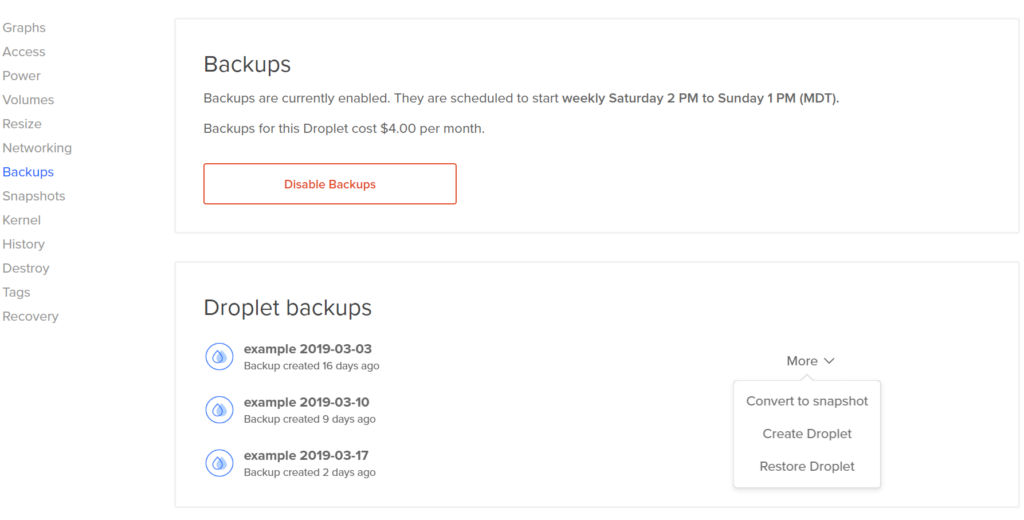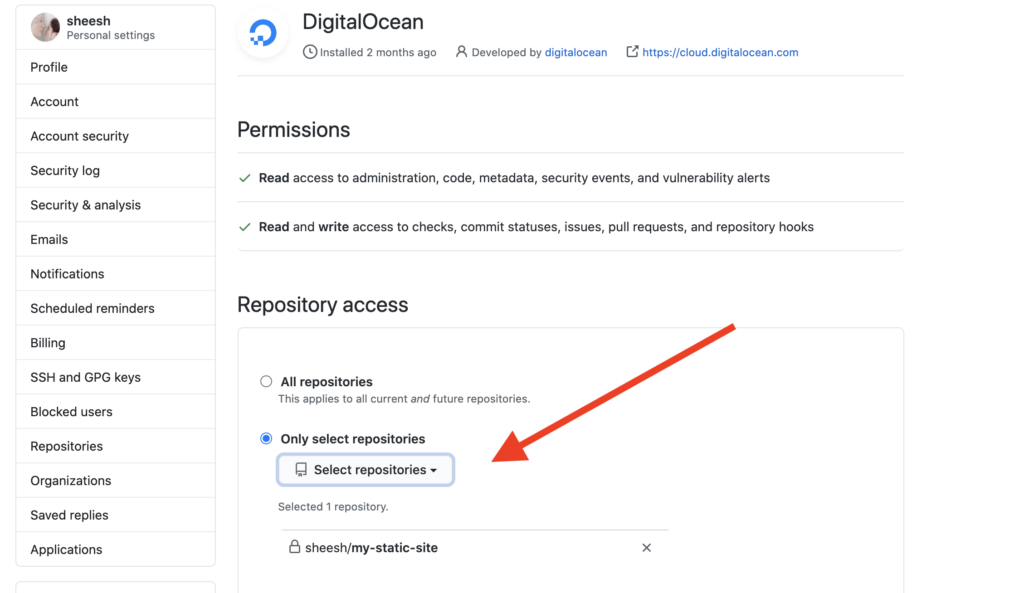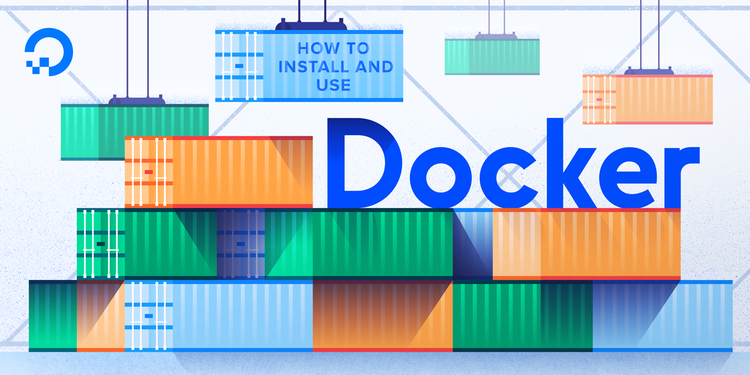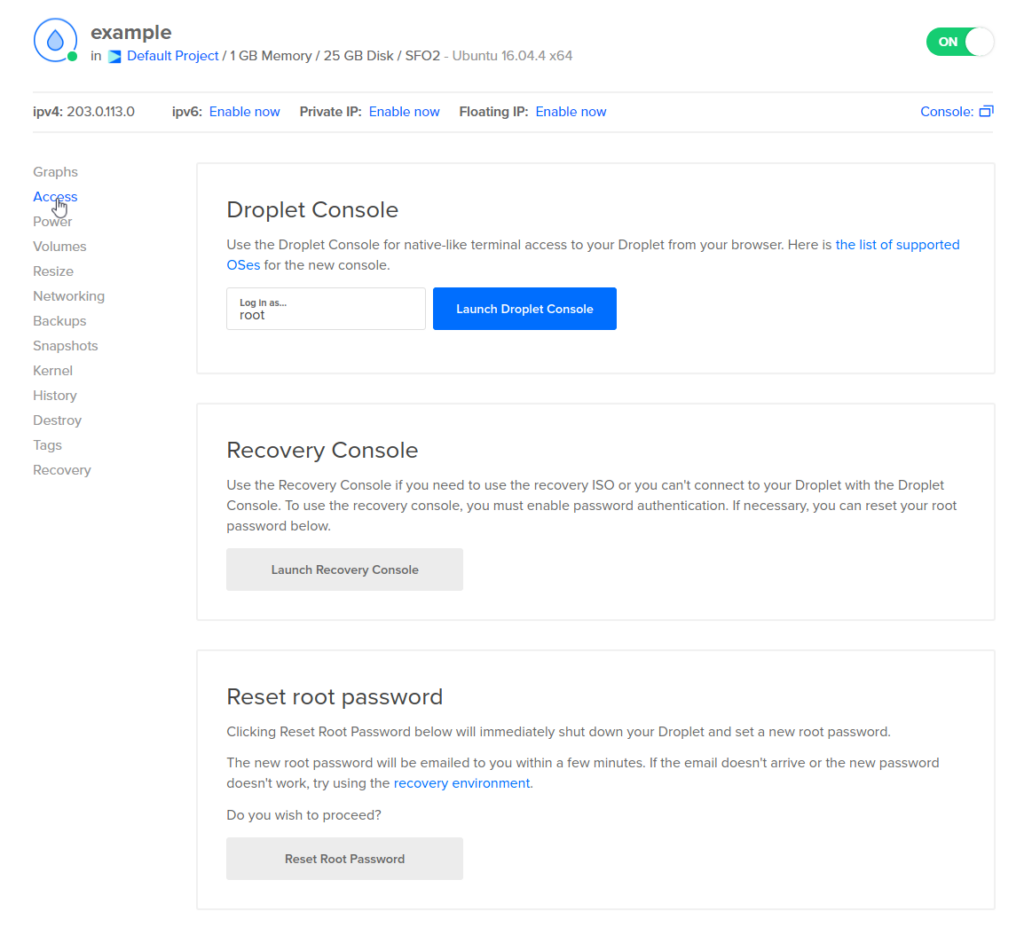To create a backup in DigitalOcean, you can use the snapshot feature for easy data preservation and recovery. By taking snapshots of your Droplets, you can capture the current state of your server and store it as an image.
This allows you to create backups without interrupting your server’s operations or affecting its performance. With the snapshot feature, you can easily restore your server to a previous state whenever needed, ensuring the safety and continuity of your data. Taking regular backups is crucial for protecting your valuable information and ensuring business continuity in case of any unforeseen events or data loss.
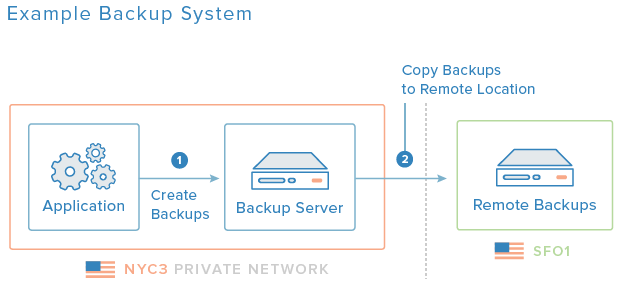
Credit: www.digitalocean.com
Introduction To Digitalocean Backups
Creating backups is crucial in ensuring the safety of your data and the uninterrupted operation of your digital assets. In this guide, we will explore the process of setting up backups in DigitalOcean, a reliable cloud infrastructure provider.
Importance Of Regular Backups
Regular backups prevent data loss and minimize downtime.
Digitalocean’s Backup Features
DigitalOcean offers automated backups for peace of mind.

Credit: snapshooter.com
Preparing For Backup
Learn how to create a backup in DigitalOcean and ensure the safety of your data. Follow these simple steps to prepare for backup and protect your valuable information.
Assessing Data Criticality
Before creating a backup in DigitalOcean, it’s important to assess the criticality of your data. You should prioritize the data that is most important to your business and needs to be restored quickly in case of any data loss. This includes customer information, financial records, and other critical data. By assessing the criticality of your data, you can determine the backup frequency and retention periods that are most appropriate for your needs.Choosing What To Backup
Once you have identified the critical data, it’s time to choose what to backup. You should back up everything that is critical to your business, including files, databases, configurations, and applications. It’s also important to ensure that the backup includes all the necessary components and dependencies for your applications to function properly. You can use DigitalOcean’s backup service to create a snapshot of your droplet, or you can create a backup manually using various tools like rsync, scp, or tar.Creating And Testing Your Backup
Once you have chosen what to backup, it’s time to create and test your backup. You should create a backup regularly and test it to ensure that it’s working properly. It’s recommended to test your backup by restoring it to a new droplet or server to ensure that all the necessary components and dependencies are included in the backup. You should also test the restore process to ensure that you can restore your data quickly in case of any data loss. In conclusion, preparing for a backup in DigitalOcean involves assessing the criticality of your data, choosing what to backup, and creating and testing your backup regularly. By following these steps, you can ensure that your data is safe and can be restored quickly in case of any data loss.Backup Options In Digitalocean
When it comes to protecting your data and ensuring the safety of your digital assets, having reliable backup options is crucial. In the world of cloud hosting, DigitalOcean offers robust backup solutions to help you safeguard your important information.
Snapshots Backups
Creating snapshots in DigitalOcean is a simple and effective way to back up your Droplets. Snapshots capture the current state of your Droplet, including its data, configurations, and any other essential information. They provide a point-in-time image that you can use to restore your Droplet to a previous state if necessary.
Volume Backups
When it comes to safeguarding volumes in DigitalOcean, the platform offers reliable backup options. By creating volume backups, you can ensure the protection of your data stored in volumes. These backups provide an additional layer of security and peace of mind, allowing you to recover your data in case of unexpected events.
Step-by-step Backup Creation
Learn how to create a backup in DigitalOcean with this step-by-step guide. Follow the easy-to-understand instructions to ensure your data is secure and easily recoverable in case of any unexpected issues.
Creating backups is an essential process in ensuring the safety of your data and website. Luckily, DigitalOcean provides an easy and convenient way to create backups. In this guide, we will walk you through the step-by-step process of creating a backup in DigitalOcean.Accessing The Control Panel
The first step in creating a backup is accessing the control panel. To access the control panel, you need to log in to your DigitalOcean account. Once you are logged in, navigate to the “Droplets” tab and select the droplet for which you want to create a backup.Initiating A Manual Snapshot
The next step is initiating a manual snapshot. To do this, click on the “Snapshots” tab and select “Take Snapshot”. You will be prompted to enter a name for the snapshot, which can be anything you want. Once you have entered a name, click on the “Take Snapshot” button to initiate the backup process. In addition to manual backups, DigitalOcean also allows you to automate backups. This is a great option if you want to ensure that your data is always backed up without having to manually initiate the process. To automate backups, simply navigate to the “Droplets” tab and select the droplet for which you want to enable backups. Click on the “Settings” tab and scroll down to the “Backup” section. Here, you can enable automatic backups and set the backup frequency. In conclusion, creating backups in DigitalOcean is an easy and straightforward process. By following the steps outlined in this guide, you can ensure that your data and website are always safe and secure. Whether you choose to manually initiate backups or automate the process, DigitalOcean provides a range of options to suit your needs.Automating Backups
Learn how to automate backups on DigitalOcean to protect your data. Create a backup effortlessly and ensure the safety of your important files and documents. With these simple steps, you can set up automated backups to run smoothly and give you peace of mind.
Scheduling Regular Snapshots
To ensure the safety and integrity of your data, it is crucial to schedule regular snapshots on DigitalOcean. Snapshots are point-in-time copies of your Droplets or volumes that can be used to restore your system in case of any unforeseen issues or data loss. By scheduling regular snapshots, you can automate this process and have peace of mind knowing that your data is always backed up.Setting Up Backup Automation Scripts
To automate the backup process further, you can set up backup automation scripts on DigitalOcean. These scripts allow you to define specific backup schedules and actions, making it easier to manage and maintain your backups. By creating custom automation scripts, you can tailor the backup process to your specific needs and ensure that it runs smoothly without any manual intervention. To schedule regular snapshots on DigitalOcean, you can use the following method:- Log in to your DigitalOcean account and navigate to the Droplets or volumes section.
- Select the Droplet or volume for which you want to schedule backups.
- Click on the “Snapshots” tab.
- Choose the frequency at which you want to take snapshots, such as daily, weekly, or monthly.
- Specify the number of snapshots you want to retain.
- Click on the “Enable Backups” button to activate the backup schedule.
- Access your Droplet or volume via SSH.
- Create a new script file using a text editor.
- Write the necessary commands to perform the backup, such as taking a snapshot or copying files to a remote location.
- Save the script file with a descriptive name and the “.sh” extension.
- Set the execution permissions for the script using the chmod command.
- Create a cron job to schedule the execution of the script at the desired intervals.
Verifying Backup Integrity
Testing Backup Restoration
Before relying on a backup, it’s critical to test its restoration process to ensure it functions as expected.
Monitoring Backup Health
Regularly monitor the health of your backups to detect any issues that may compromise their integrity.
Managing Backup Costs
To manage backup costs, creating a backup in DigitalOcean can be a cost-effective solution. With features such as automated backups and snapshot backups, creating and managing backups has become easier and more efficient. Plus, DigitalOcean offers flexible pricing plans based on storage and usage, making it a practical choice for backup management.
Understanding Pricing
Optimizing Backup Frequency
Managing Backup Costs Creating backups is essential for data protection. Regular backups can prevent data loss. Understanding pricing is crucial for cost management. Optimizing backup frequency can save money.Understanding Pricing
– DigitalOcean offers flexible backup pricing options. – Pricing varies based on the droplet size. – Additional cost for backups is percentage-based. – Understand how pricing affects your budget.Optimizing Backup Frequency
– Determine the criticality of your data. – Adjust backup frequency accordingly. – Frequent backups for important data. – Optimize to balance cost and protection.Best Practices For Backup Security
When creating backups in DigitalOcean, it’s crucial to prioritize security to safeguard your data. Follow these best practices:
Data Encryption
Encrypt your backup data to prevent unauthorized access and protect sensitive information.
Access Controls And Permissions
Implement strict access controls limiting who can view, modify, or delete backup files.
Recovering From A Backup
Recovering from a Backup:
Restoration Process
Ensure your data is secure by following these steps:
- Access your DigitalOcean account and navigate to the Images tab.
- Select the backup image you want to restore.
- Click on More and choose Create Droplet.
- Customize your Droplet settings and click Create Droplet.
Post-restoration Checklist
After restoring your data, perform these essential checks:
- Verify that all files and databases are intact.
- Test your website or application functionality.
- Update any configurations or settings as needed.
Advanced Backup Strategies
Discover advanced backup strategies with DigitalOcean for seamless data protection. Learn how to efficiently create backups to safeguard your crucial information effectively.
Geographically Redundant Backups
Geographically redundant backups involve storing data in multiple locations to prevent data loss.
Using Third-party Backup Solutions
Third-party backup solutions offer additional features like automated backups and enhanced security.
Troubleshooting Common Backup Issues
When creating backups in DigitalOcean, it’s essential to be prepared for potential issues that may arise. Troubleshooting common backup issues can help ensure that your data remains secure and accessible. Let’s explore some common problems and their solutions.
Failed Backup Attempts
Failed backup attempts can be frustrating, but they often have simple solutions. Ensure that your server has enough disk space to accommodate the backup. Check the status of your server to verify that it’s running properly. Review the backup settings to confirm that they are configured correctly. If the issue persists, consider reaching out to DigitalOcean support for further assistance.
Resolving Snapshot Errors
Snapshot errors can occur due to various reasons, but they can usually be resolved with a few troubleshooting steps. Verify that your server is online and accessible. Check for any ongoing maintenance or updates that could be affecting the snapshot process. Review the error message for specific details, and if necessary, consult DigitalOcean’s documentation for guidance on resolving the specific error.
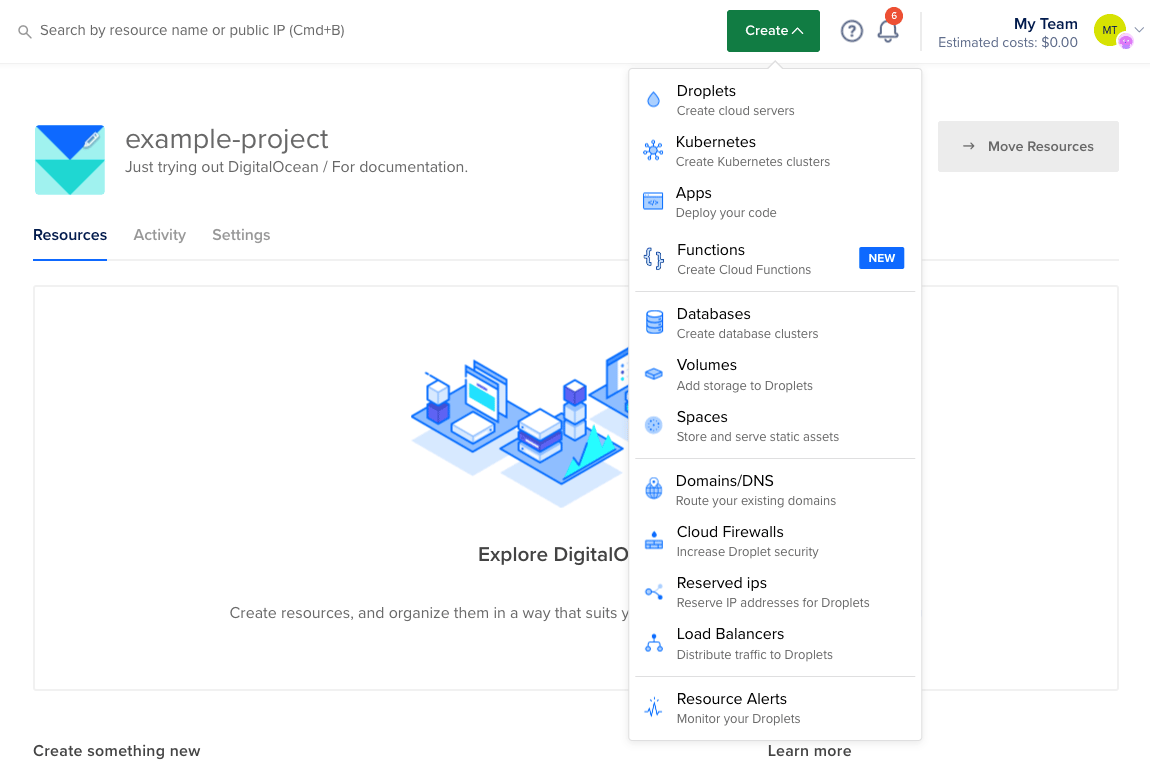
Credit: docs.digitalocean.com
Frequently Asked Questions
How Do I Create A Backup In Digitalocean?
To create a backup in DigitalOcean: 1. Log in to your DigitalOcean account. 2. Select the Droplet you want to backup. 3. Click on the “Backups” tab. 4. Enable automatic backups or take a manual snapshot. 5. Wait for the backup process to complete.
Your data is now safely backed up.
What Is The Difference Between Backup And Snapshot In Digitalocean?
Backups are complete copies of your DigitalOcean droplets and volumes, while snapshots are point-in-time images. Backups are automated and billed, while snapshots are manual and billed separately. Both are important for data security and disaster recovery.
What Is Droplet Backup?
Droplet backup is a data protection feature offered by cloud hosting provider DigitalOcean. It allows you to create a copy of your virtual server, called a droplet, to safeguard your data in case of any unexpected issues or accidents. It ensures the security and availability of your important files and configurations.
How To Create A Snapshot In Digitalocean?
To create a snapshot in DigitalOcean, follow these steps: 1. Navigate to the Droplets section in the DigitalOcean control panel. 2. Select the Droplet you want to snapshot. 3. Click on the “Snapshots” tab. 4. Click the “Take Snapshot” button. 5.
Provide a name for your snapshot and click “Take Snapshot. “
Conclusion
In a digital age, creating a backup is crucial for safeguarding your data. DigitalOcean provides a user-friendly platform to easily create and manage backups. By following the simple steps outlined in this guide, you can ensure the security and integrity of your data, providing peace of mind and enabling seamless recovery whenever necessary.

